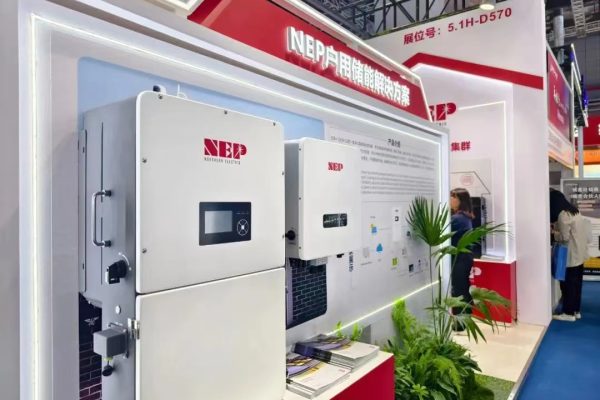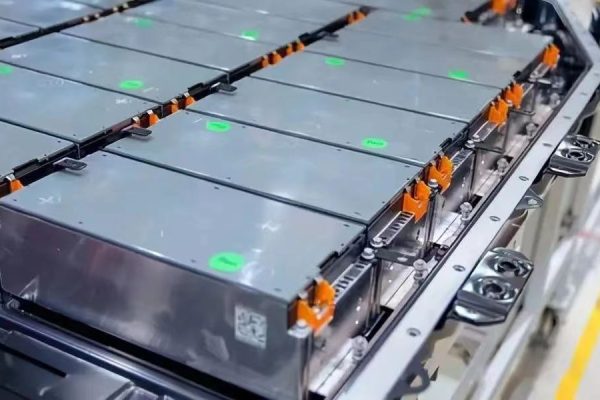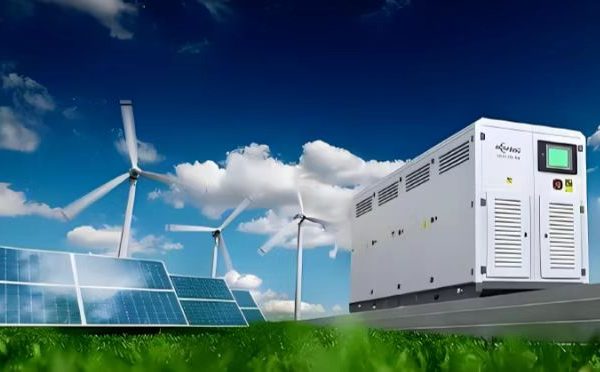A Technical and Practical Guide for ESS Projects from 5kWh to 500kWh
The Role of BMS in Energy Storage Safety
A Technical and Practical Guide for ESS Projects from 5kWh to 500kWh
1. Introduction: Safety Is the Foundation of Energy Storage
In residential, commercial, and industrial energy storage systems (ESS), battery safety is not optional—it’s essential. With the rise of lithium-ion and LFP battery deployments in small to mid-scale PV + storage applications, the Battery Management System (BMS) is now the brain behind every safe and efficient battery operation.
Yet in many small-scale international trade projects, BMS design, integration, and selection are often overlooked—either due to budget constraints or lack of understanding.
This article explains:
- What a BMS is
- Why it’s essential for lithium battery systems
- What technical features matter
- And how a well-specified BMS helps you stand out as a technical foreign trade partner
2. What Is a Battery Management System (BMS)?
A Battery Management System is an embedded electronic system that:
- Monitors each battery cell or module
- Controls charging/discharging behavior
- Protects the battery from unsafe conditions
- Communicates with inverters and EMS
Think of it as the safety and control center of a lithium battery pack.
🔍 Main Functions of a BMS:
| Function | Purpose |
|---|---|
| Voltage Monitoring | Ensure each cell stays within safe range |
| Temperature Monitoring | Prevent thermal runaway and overheating |
| Current Limiting | Avoid overcharge/discharge currents |
| Balancing | Keep all cells equally charged |
| Communication | Enable real-time data exchange with inverter/EMS |
| Fault Logging | Record events like over-temp, short circuit, etc. |
| Protections | Cutoff relays during faults |
3. Why a BMS Is Critical for Lithium Batteries
Lithium-ion and LFP (LiFePO₄) batteries are powerful—but sensitive.
Unlike lead-acid, which can tolerate overcharging to some degree, lithium batteries can experience:
- 🔥 Thermal runaway
- 🔌 Overvoltage damage
- 💥 Short circuits
- ❄️ Undervoltage in cold weather
Without a BMS, even a perfectly made battery pack can become a hazard.
💡 A good BMS protects both the battery and the people around it.
4. How the BMS Affects System Safety and Performance
A. Safety Management
- Automatically disconnects battery during overheat or overvoltage
- Prevents short-circuit current damage
- Monitors up to 1,000+ real-time data points in advanced BMS
B. Cycle Life Extension
- Keeps cells within their ideal voltage range
- Uses active or passive balancing to reduce aging imbalance
C. Communication and System Coordination
- Shares data with:
- Hybrid inverters
- PCS (Power Conversion Systems)
- EMS (Energy Management Systems)
- Allows remote monitoring, alarms, firmware upgrades
5. Key BMS Parameters to Check When Sourcing
Whether you’re sourcing a 5kWh wall-mount battery or a 250kWh rack system, always check:
| Parameter | What to Look For |
|---|---|
| Max Charge/Discharge Current | Must match system load (e.g. 100A, 200A) |
| Cell Balancing Method | Passive (cheaper) or Active (better for long-term) |
| Communication Protocol | RS485, CAN, Modbus — match inverter/EMS |
| Temperature Range | Especially important in hot/cold climates |
| Protections Enabled | OVP, UVP, OTP, SCP, OC, etc. |
| Data Logging / Remote Access | Built-in or through EMS platform |
| Redundancy / Fail-Safe | Dual CAN or relay safety bypass for large systems |
📌 Tip: If you’re exporting lithium batteries, always include the BMS spec sheet with the quotation.
6. Common Compatibility Issues Between BMS and Inverter
Many inverter–battery mismatches are due to:
- Wrong communication protocol (CAN vs RS485)
- Incorrect baud rate or ID settings
- Inverter expecting closed-loop communication, battery only offering open-loop
- EMS unable to read battery SOC or voltage
🛠️ How to Solve:
- Confirm both sides support the same protocol and pinout
- Ask suppliers for:
- BMS–inverter compatibility list
- Communication definition table
- Integration guide with screenshots
7. Real Case: 100kWh System with BMS Failure in Cold Storage
In a recent cold storage warehouse project, a client installed a 100kWh lithium system sourced from multiple vendors. After installation:
- BMS failed to communicate SOC to the inverter
- Charging logic failed
- Batteries went into deep undervoltage
⚠️ The result: $5,000 in replacement batteries due to lack of proper BMS commissioning.
After switching to a supplier offering BMS pre-integration and parameter testing, the system stabilized.
8. How to Offer BMS Value as a Technical Trade Partner
Most customers don’t know how to evaluate a BMS. That’s your opportunity.
✅ You can help by:
- Recommending BMS with correct communication interface
- Matching BMS specs to inverter and load requirements
- Pre-testing SOC calibration or voltage mapping
- Sharing case studies of good and bad BMS design
🧠 Be the person who says, “This BMS supports 120A continuous discharge and CAN with Victron or Growatt. You’re safe.”
9. Certifications and Compliance: What to Ask Your Supplier
When exporting ESS products, especially with lithium batteries, make sure the BMS and entire pack have relevant certifications:
- UN38.3 – Mandatory for lithium battery shipping
- IEC62619 – For battery safety
- CE / UL1973 – Depends on market
- MSDS – For safe material handling
- Protocol openness – Does the BMS have a documented communication protocol?
These not only affect project approval, but also shipping clearance and warranty terms.
✅ Suggested Internal Links for Blog Interlinking
- How to Match a Battery Pack with a Hybrid Inverter
- How to Select an EMS for PV + Storage Systems
- Key Parameters When Sourcing Hybrid Inverters for Export
10. Conclusion: BMS Is Your Hidden Advantage
Battery quality alone doesn’t guarantee safety or performance. The BMS defines how your battery behaves, especially in mixed-brand or open-market ESS projects.
As a technical foreign trade partner, your ability to:
- Understand BMS specs
- Match it with the inverter and load
- Provide fast feedback and sample configs
…can be the deciding factor in winning mid-sized projects.
💡 “Sell knowledge, not just kWh.”









